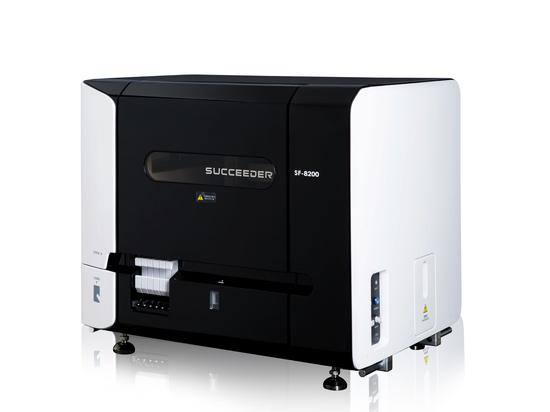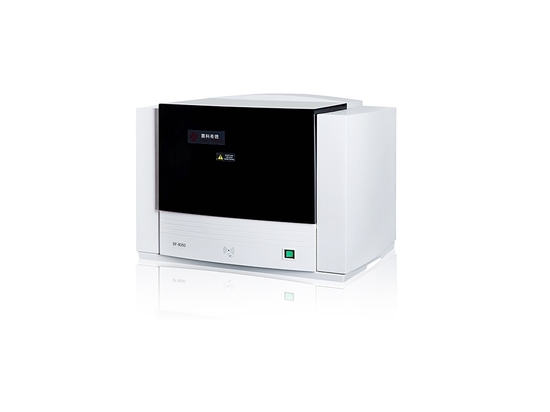
#Industry News
Common coagulants
Coagulation, Thrombosis, Hemostasis
The following are some common coagulants and their characteristics:
Vitamin K
Mechanism of action: Participates in the synthesis of coagulation factors II, VII, IX, and X, making these coagulation factors active, thereby promoting blood coagulation.
Applicable situations: Commonly used for bleeding caused by vitamin K deficiency, such as neonatal hemorrhagic disease, vitamin K deficiency caused by intestinal malabsorption, etc. It can also be used for bleeding tendency caused by insufficient vitamin K synthesis in the body due to long-term use of broad-spectrum antibiotics.
Advantages: It is a physiological coagulation promoter, which has a targeted therapeutic effect on coagulation dysfunction caused by vitamin K deficiency and has high safety.
Disadvantages: It takes relatively long time to take effect, and the hemostatic effect for acute massive bleeding may not be timely.
Thrombin
Mechanism of action: Directly acts on fibrinogen in the blood, converting it into fibrin, and then forming blood clots to achieve the purpose of hemostasis.
Applicable situations: It can be used for local hemostasis, such as bleeding from surgical wounds, traumatic wounds, etc.; it can also be used for gastrointestinal bleeding, such as oral or local infusion for the treatment of gastric and duodenal ulcer bleeding, etc.
Advantages: Rapid hemostatic effect, can quickly coagulate blood and reduce bleeding when used locally.
Disadvantages: Must be applied directly to the bleeding site, cannot be injected intravenously, otherwise it will cause systemic blood coagulation, causing severe thrombosis and other adverse reactions.
Ethylphenolsulfonamide
Mechanism of action: It can enhance capillary resistance, reduce capillary permeability, promote platelet aggregation and release coagulation active substances, thereby shortening coagulation time and achieving hemostatic effect.
Applicable situations: Commonly used to prevent and treat bleeding caused by surgical bleeding, thrombocytopenic purpura or allergic purpura.
Advantages: Low toxicity, fewer adverse reactions, relatively safe.
Disadvantages: The hemostatic effect is relatively weak when used alone, and is often used in combination with other hemostatic drugs.
Tranexamic acid
Mechanism of action: It achieves the purpose of hemostasis by inhibiting the activation of the fibrinolytic system. It can competitively block the binding of plasminogen to fibrin, so that plasminogen cannot be converted into plasmin, thereby inhibiting the dissolution of fibrin and playing a hemostatic role.
Applicable conditions: Applicable to various bleeding caused by hyperfibrinolysis, such as gynecological bleeding, prostate surgery bleeding, cirrhosis bleeding, etc.
Advantages: Exact hemostatic effect, especially for bleeding with increased fibrinolytic activity.
Disadvantages: May cause thrombosis, and should be used with caution in patients with thrombosis tendency or history of thrombosis.
In actual application, it is necessary to comprehensively consider and select appropriate coagulants based on the patient's specific condition, cause and location of bleeding, physical condition and other factors. Sometimes, it is necessary to use multiple coagulants in combination to achieve the best hemostatic effect. At the same time, when using coagulants, you should strictly follow the doctor's instructions and closely observe the patient's reaction to ensure safety and effectiveness.
Beijing Succeeder Technology Inc. (Stock code: 688338), founded in 2003 and listed since 2020, is a leading manufacturer in coagulation diagnostics. We specialize in automated coagulation analyzers and reagents, ESR/HCT analyzers, and hemorheology analyzers. Our products are certified under ISO 13485 and CE, and we serve over 10,000 users worldwide.
Analyzer Introduction
Fully Automated Coagulation analyzer SF-9200 (https://www.succeeder.com/fully-automated-coagulation-analyzer-sf-9200-product) can be used for clinical test and pre-operative screening. Hospitals and medical scientific researchers also can use SF-9200. Which adopts coagulation and immunoturbidimetry, chromogenic method to test the clotting of plasma. The instrument shows that clotting measurement value is the clotting time (in seconds). If the test item is calibrated by calibration plasma, it can also display other related results.
The product is made of sampling probe movable unit, cleaning unit, cuvettes movable unit, heating and cooling unit, test unit, operation-displayed unit, LIS interface (used for printer and transfer date to Computer).
Technical and experienced staffs and analyzers of high quality and strict quality management are the guarantee of manufacture of SF-9200 and good quality. We guarantee each instrument inspected and tested strictly. SF-9200 meets China national standard, industry standard, enterprise standard and IEC standard.





